Sivas - witness of passage of empires, caravans, pilgrims and traders🇹🇷🧕🏰


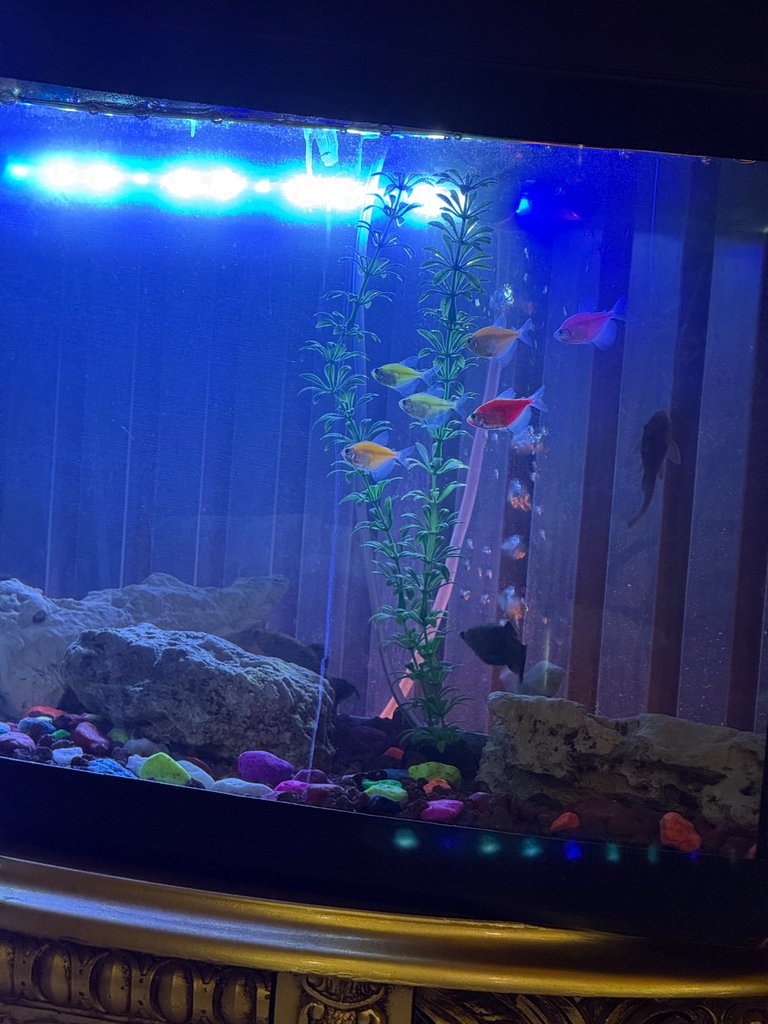

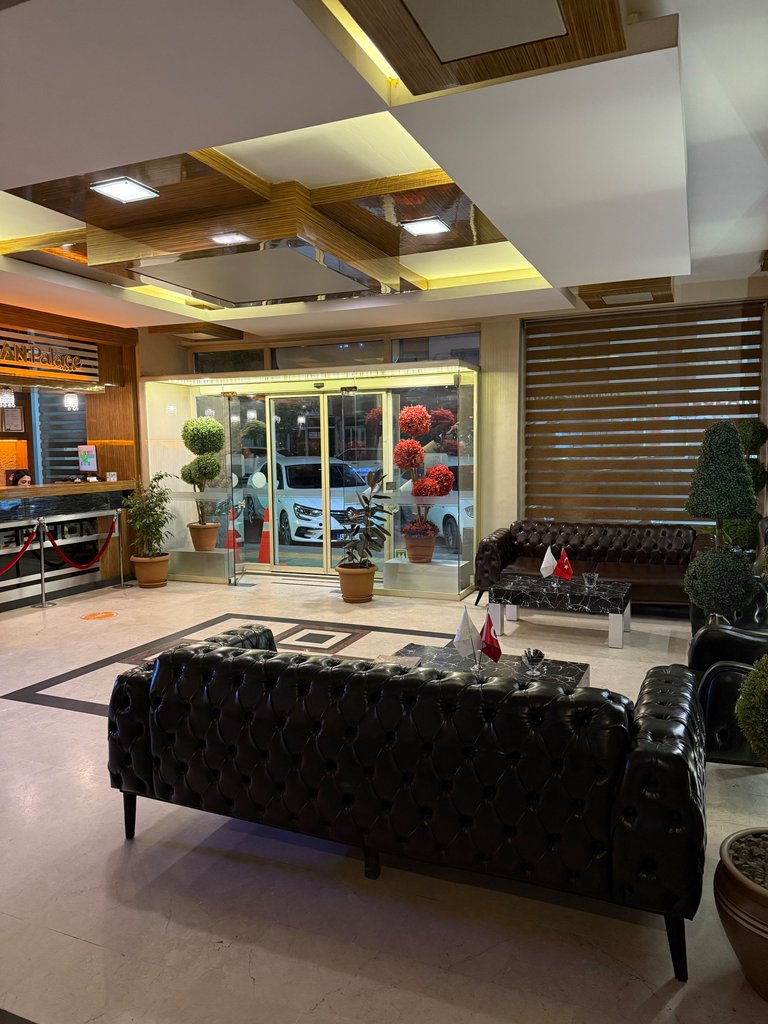
Therefore, because of our accident, we had to take accommodation in the nearest city to the site of the incident. That was one of those times when the place for the fieldwork gets chosen for you. And I wasn’t very happy about it, because I knew that the accommodation there was kind of cheap-looking but still expensive.







And to get something a bit better, you had to pay a ridiculous amount. But in the end, like a cherry on top, I did manage to find a pretty cute and nice hotel where we felt cozy — it had a lovely view and a cool interior. The only sad part was the breakfast: everywhere, breakfasts are cold and meagre, unless you pay a fortune for the stay.


But if we talk about what is outside the hotel, then the research was successful.
Of course, like all smart tourists, we went to look for interesting things in the old city center and I took so many amazing shots of various colorful things, I recently started photographing details, and it turns out that through them you can see the city even more in its authenticity and originality, it turns out very exotic. I had a blast from capturing moments.

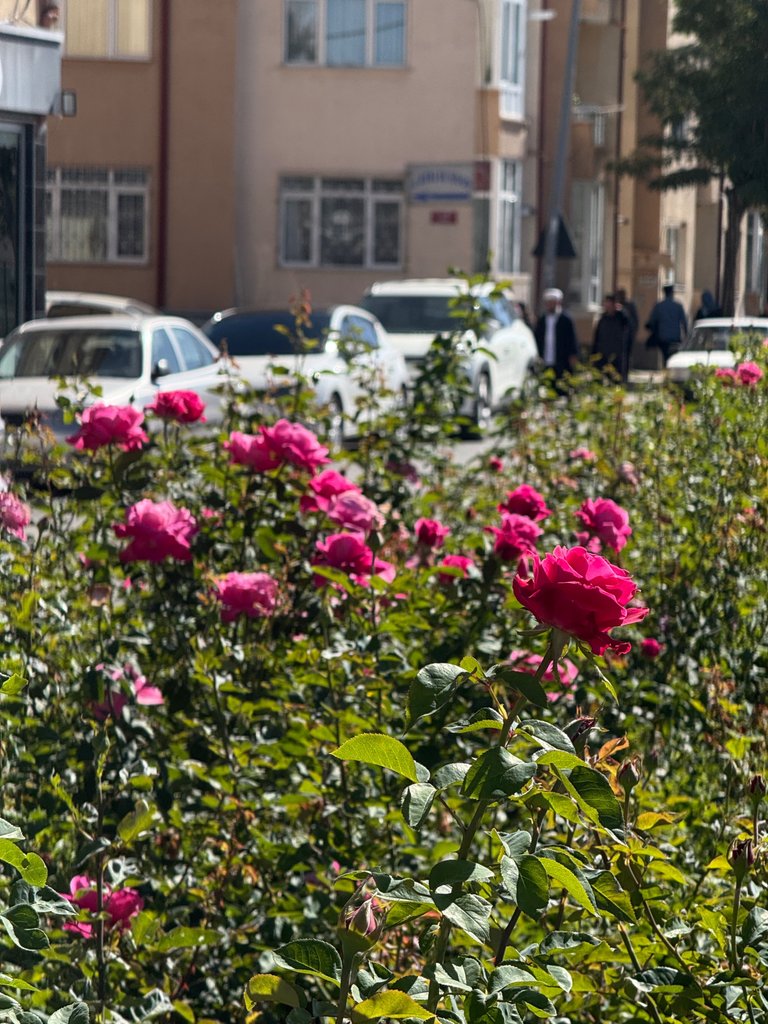






So, in short, we found ourselves in the very heart of Anatolia, steeped in ancient and fascinating history. According to various sources, Sivas witnessed the passage of empires, caravans, pilgrims and traders. This is a city where time seems to have stopped, but life still flows brightly, amidst the sounds of the market, the aroma of hot seeds and the singing of mosques. The history of Sivas has more than two thousand years. It was an important center during the Hittite Empire, then under the rule of the Persians, Romans and Byzantines, until it became one of the capitals of the Seljuks, who left a deep mark on its architecture and culture.



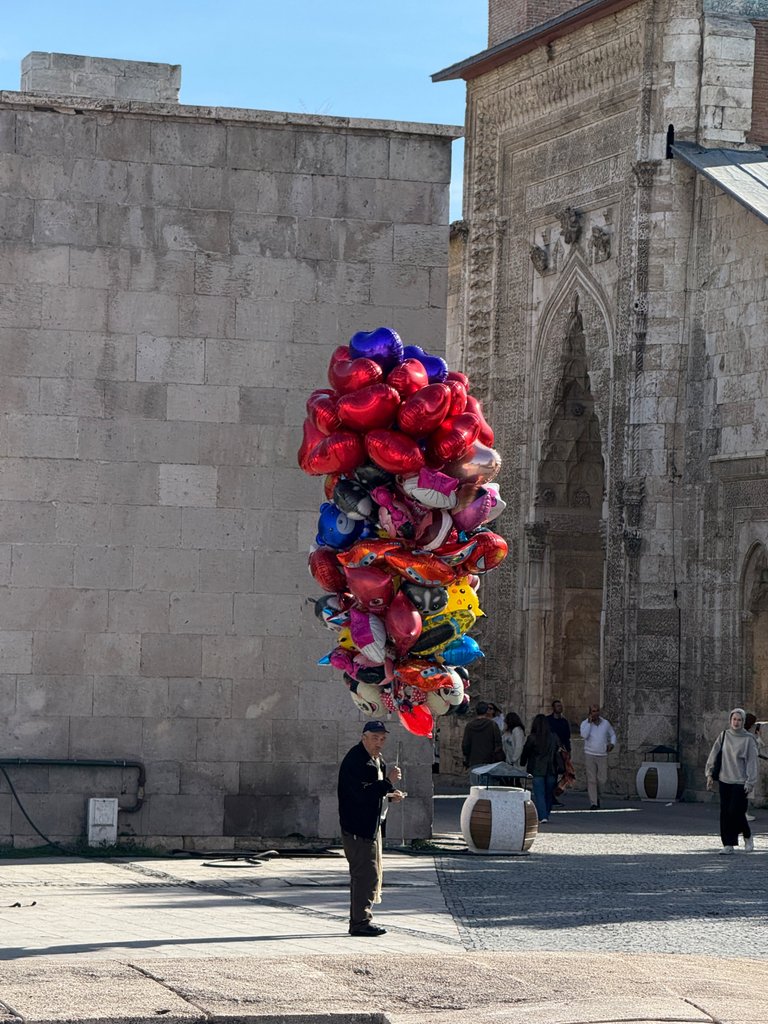

For example, such landmarks as Mosques and Madrasahs (religious schools) are the spiritual and artistic heart of the city. One of the most famous is the Çifte Minareli Madrasah with a monumental portal decorated with geometric motifs and Arabic embroidery, which personify the perfection of Seljuk Islamic art. Another pearl is Kale Cami, which sings beautifully and covers the entire square with magic. And on the third side of the square, around the old slabs on which I jumped and by the way took a funny picture, stands the Buruciye Medresesi, created in 1271. It has an incredibly powerful stone portal as an entrance with deep carvings, yellowish stone facades and even corners.



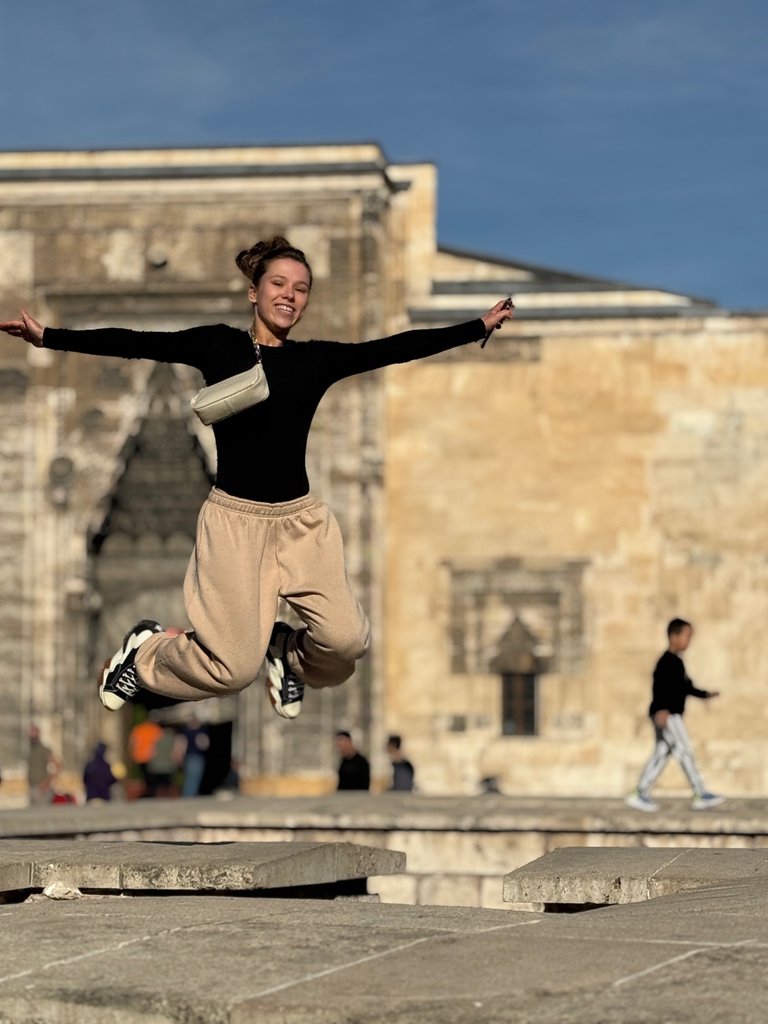


It is said that during the Seljuk period it was used as a school where natural sciences were taught. All these attractions were located on a common large square which was located in such a recess and to go down to the bottom of the circle of the entire square there were stairs.
The architecture of Sivas is a mosaic of stone, wood and harmony. The ancient houses have decorated balconies, arched windows and carved doors, demonstrating the skill of local craftsmen. Each building seems to have been built with respect for the earth and light.






Walking through the center, you find yourself on the large square of Sivas, where there is an incredibly colorful fountain decorated with a large flowerbed of different flowers and the pulsating heart of everyday life. Men gather to chat, drink tea, play a game of okey and sit on benches around the flowerbeds, while women, wrapped in colorful scarves, do their shopping - the realities of Turkey.


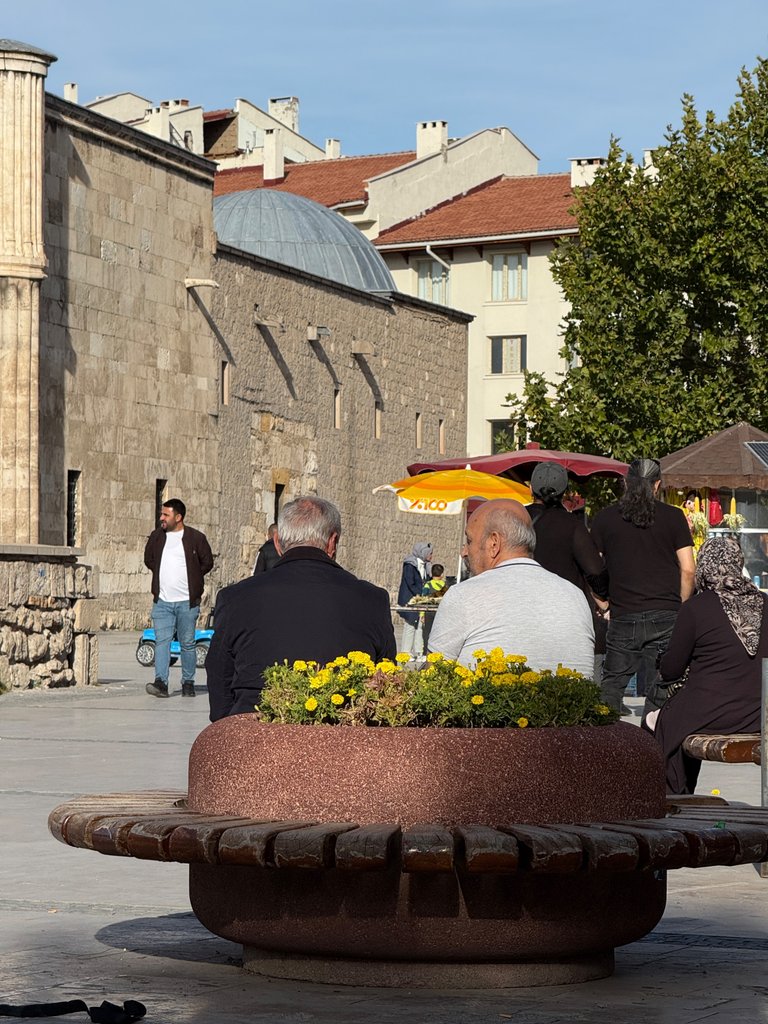
A man is a sultan, no one has such an upbringing as helping a woman is considered a man's dignity or honor. What can I say if for them giving a woman a bouquet is humiliation. Nevertheless, of course, this obligatory culture and customs of theirs take up a large part in observing the ancient center, and it's cool for my shots (but not for their lives).




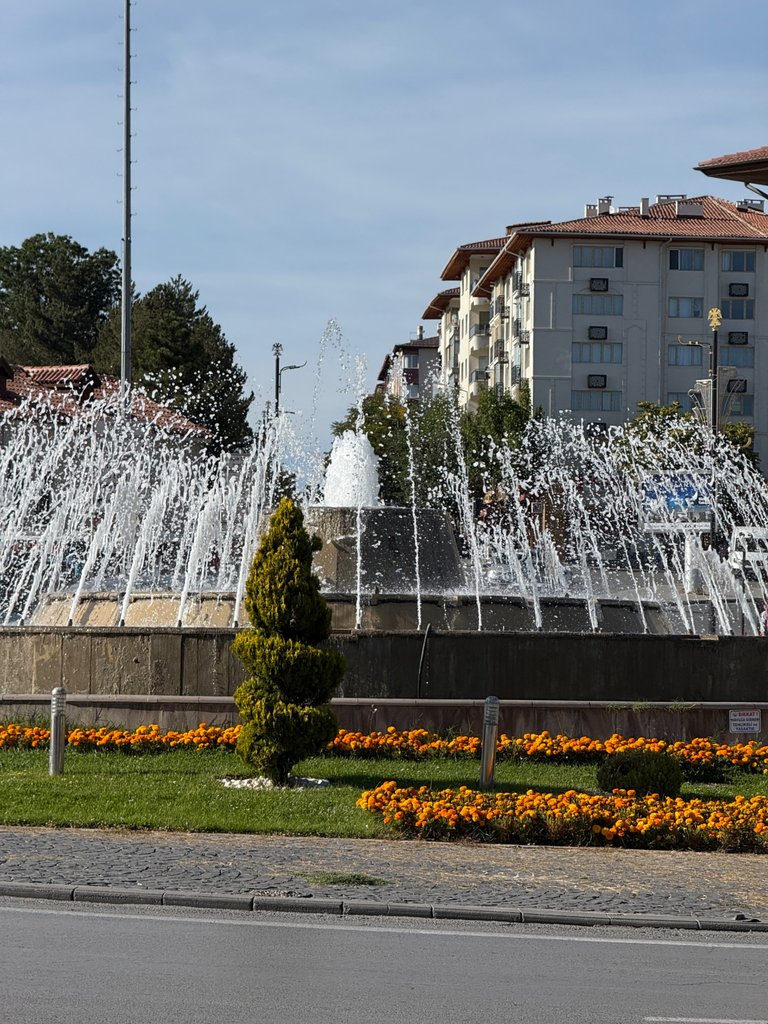
Women in headscarves embody an ancient tradition and a symbol of modesty and respect. The colors and patterns of headscarves vary from woman to woman: some are bright and floral, others are simpler and more traditional. This is a way to maintain a connection with their cultural and religious roots.
I saw a lot of strange things in Turkey, but one of the funniest is their idea of wearing bagels on their heads in different places. I came across a random man who carried a tray on his head calmly without straining and it didn't fall. Amazing.


It is said that it was once the easiest way to carry bread without spoiling it, and at the same time it was a sign of balance and respect for food, which was considered sacred. In the middle of the most crowded intersection with cars and people, stands like a watchman and pharaoh the large and yellow majestic Paşa Cami, built in the 15th century during the Dulcadir period, and is one of the main religious monuments of Sivas. Its architecture reflects the classical Ottoman style, with an elegant minaret and a large central dome dominating the courtyard.







Inside, you can admire exquisite details such as geometric and calligraphic motifs that decorate the walls and dome. Interestingly, the mosque served not only as a place of worship, but also as a community meeting place, where religious classes and public debates were held.
Sivas’ stalls, markets, shops and stalls are a separate bouquet full of colors and aromas. There are many sweets, dried fruits, seeds, nuts, Turkish delight and so on. The vendors invite passers-by to buy all this with their typical Turkish commercial hospitality. You can also find spices of all colors here.












Another tradition that struck me is the large wreaths that you can see at the opening of a new store. It is a way of wishing prosperity and good luck. Each wreath is written with the name of the person who sent it: a sign of respect and support between merchants, friends and family. This is a deeply felt tradition that conveys the value of community and unity.

Despite this, it is absolutely wild and not typical for Ukrainians in particular, and perhaps for other nations in which wreaths are a thing that is purely associated with funerals and commemorations. And the Turks always surprise and sometimes even scare some tourists.
Sivas with its majestic mosques, ancient stone schools, bright shops was a wonderful comforter among our gray realities.




You can check out this post and your own profile on the map. Be part of the Worldmappin Community and join our Discord Channel to get in touch with other travelers, ask questions or just be updated on our latest features.
We appreciate your work and your publication has been hand selected by the geography curation team on behalf of the Amazing Nature AN Community. Keep up the good work!
Thank you🙏🏻
It looks a very fascinating place to visit, everything seems to tell about an ancient history. I like it. ❤️
Yeah definitely it’s like this🙏🏻😊
Wow the place it so amazing my dear. I hope I can visit there one time
I’m happy you like it🙏🏻😊
Hiya, @ybanezkim26 here, just swinging by to let you know that this post made it into our Honorable Mentions in Travel Digest #2731.
Your post has been manually curated by the @worldmappin team. If you like what we're doing, please drop by to check out all the rest of today's great posts and consider supporting other authors like yourself and us so we can keep the project going!
Become part of our travel community:
Thank you🙏🏻